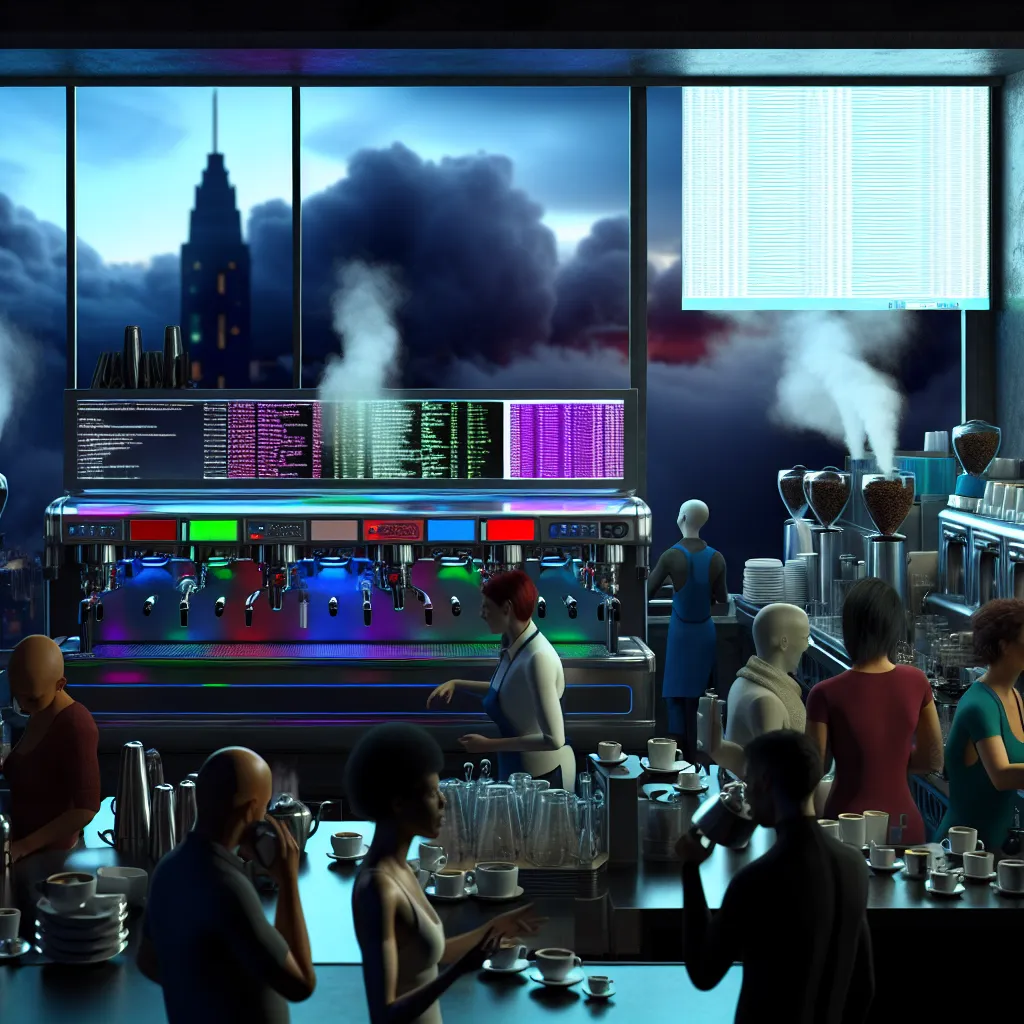Blue-Green Deploys Gone Grey: When Traffic Shifting Becomes a Blackout
Blue-green deployments sound great on paper.
You’ve got two identical environments — one live (blue), one idle (green). Push new code to green. Test it quietly. Then flip the switch. Smooth as butter. No downtime. No panic.
That’s the dream.
But in reality? Routing just 10% of traffic can trigger 100% of the chaos.
Let’s talk about what happens when blue-green goes sideways — and how to stop it from taking your system down with it.
🚨 Two Ways These Deployments Crash and Burn
1. NimbusTech: The Monitoring Mirage
Picture this: NimbusTech, a photo-sharing startup, rolls out a new feature using a blue-green strategy. Everything looks fine — until it doesn’t.
They added a service mesh into the mix but forgot one detail: their monitoring stack wasn’t ready for the extra telemetry.
So when they routed 10% of traffic to green, things got ugly. Latency shot up. Error rates exploded. Users saw blank screens.
The worst part? Their dashboards didn’t show it — until support tickets started flooding in.
The fallout:
- +35% customer complaints in 24 hours
- -50% daily active users in two weeks
- ~$200K in churn and damage control
The lesson? If you can’t see the failure, you can’t stop it.
2. BinaryWorks: The Fallback That Flopped
BinaryWorks had a plan. Kubernetes, Helm, and a blue-green strategy for launching a big feature.
The rollout began... right as their traffic surged 150%.
Green couldn’t keep up. Autoscaling lagged. So they fell back to blue — which, surprise, was running outdated code full of known bugs.
The result?
- System-wide slowdowns
- Multiple rollbacks in a single day
- A 60% spike in angry tweets
The kicker? Neither version was ready for prime time. They’d tested green’s features — but not its scale. And blue was treated like a museum piece instead of a live backup.
Blue-Green Isn’t Magic. It’s a Balancing Act.
Here’s what actually makes this strategy work:
- ✅ Both environments are production-ready
- ✅ Traffic shifts slowly — and visibly
- ✅ Monitoring is version-aware
- ✅ Rollback is fast and safe
Without those, your “safe” deployment strategy might just bury the problem deeper.
Traffic Shifting Isn’t Just YAML
You can’t split traffic with plain Kubernetes Ingress. You need something smarter — like Istio or Linkerd — to manage percentages.
Here’s a basic (not weighted!) example:
apiVersion: networking.k8s.io/v1
kind: Ingress
metadata:
name: photo-sharing-app
spec:
rules:
- host: app.nimbustech.com
http:
paths:
- path: /
pathType: Prefix
backend:
service:
name: green-app
port:
number: 80
- path: /
pathType: Prefix
backend:
service:
name: blue-app
port:
number: 80
Want weighted routing? You’ll need an Ingress controller or service mesh that supports it.
With Istio, you can:
- Split traffic 90/10 or 50/50
- Route by headers, cookies, or user segments
- Roll back automatically if errors spike
Control matters. Without it, you're flying blind.
Observability or Bust
If you don’t know what version is failing, you’ll blame the wrong one — or both.
Here’s what to track:
- HTTP error rates per version
- P95/P99 latency
- Pod restarts and crash loops
- User-level success rates (logins, purchases, etc.)
Tools like Prometheus + Grafana can help — if you configure them per deployment.
Example ServiceMonitor:
apiVersion: monitoring.coreos.com/v1
kind: ServiceMonitor
metadata:
name: app-monitor
labels:
app: nimbus-app
spec:
selector:
matchLabels:
app: nimbus-app
endpoints:
- port: metrics
interval: 30s
Just make sure your alerts can say which version is misbehaving. Otherwise, you’re chasing ghosts.
Tools That Actually Help
- Kubernetes – your foundation
- Helm – reproducible environments
- Prometheus + Grafana – metrics and alerting
- Istio / Linkerd – smart traffic control
- Flagger / Argo Rollouts – progressive delivery
Don’t try to DIY blue-green with duct tape.
TL;DR – What Makes It Work
To pull off blue-green without disaster, you need to:
- Treat both blue and green like production
- Run load tests before the big flip
- Monitor everything — per version
- Roll back without drama
- Never assume “10%” means “low risk”
Blue-green deployments can reduce downtime and make releases safer.
But here’s the truth: they only work if your system is already strong.
If your observability is shaky or your rollback plan is a guess — traffic shifting will expose every crack.
So test early. Plan deeply. Monitor everything.
Because in production, nothing fails quietly.
